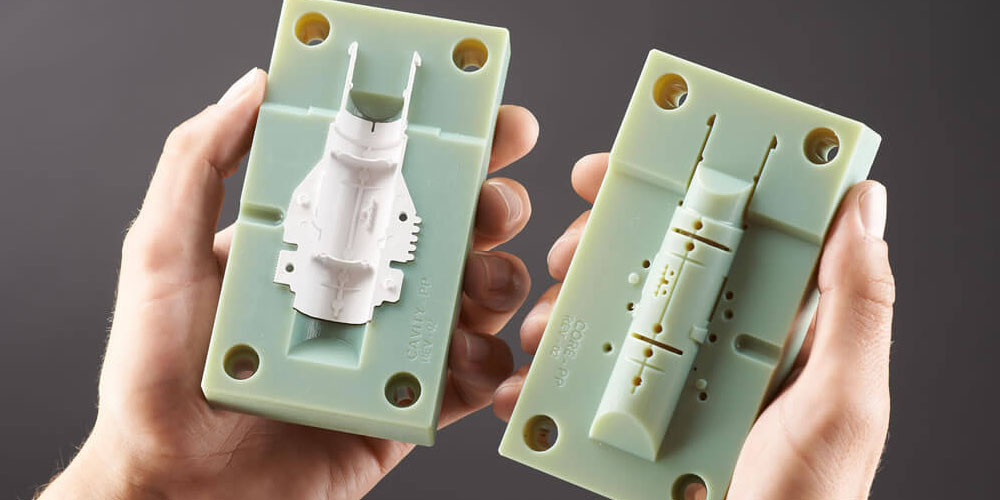Injection molding depends significantly on the injection molding tooling from plastic injection, simple parts to complex applications. Additionally, injection mold tooling plays a crucial role in tooling design that helps determine the injection molding process quality. It also ensures that parts manufactured are quality. Furthermore, the injection molding machine consists of different parts that play a significant role in production. Therefore, this article aims to guide you on the injection molding machine parts and function.
Seven injection molding machine parts and function
1. Clamping Unit
The clamping unit is essential to the injection molding machine. It closes the mold on the moving platen. The moving platen then takes the mold and clasp it closed under a certain degree of pressure during cooling and shot. Afterward, the clamping unit allows the workpiece to be knocked out from the mold by opening the mold.
Thus, the clamping unit offers the injection molding machine with enough clamping force for the mold. Additionally, the clamping system is also used for opening the mold and closing it when needed. Generally, the are four central clamping units in an injection molding machine; they include; hydromechanical clamping unit, a hydraulic clamping unit, an electric clamping unit, and a mechanical clamping unit.
2. Hopper
The hopper in the injection molding machine allows for the insertion of plastic materials ingredients ready for the molding procedures.
3. Injection system
There are two essential functions of the injection system in the injection molding machine. The injection system, in a controlled state, feeds and pressures melted resin to the mold. It also prepares and melts polymeric resin. The most common injection system design used in the latest molding machine is the screw design.
Basically, the injection system is in charge of plasticizing. Thus, the injection system heats plastic materials to a homogeneous and uniform melt. The processes of plasticizing are done in controlled surroundings of flow rate and pressure. Furthermore, it also requires high specific heat, low thermal conductivity, and high melting viscosity of the fluoropolymers. Additionally, plasticizing by the machine ensures that the process is done at the most efficient time.
4. Screw motion
The screw motion can also be referred to as Archimedean screw. It is responsible for pushing the plastic materials ingredients to a forward motion.
5. Ejecting system
The ejecting system ensures that the mold’s ejection platen changes its position in respect to the rest of the mold. The ejecting unit consists of ejecting plates, ejecting pins, and ejecting sleeves. The parts of the ejecting unit eject the molded workpiece after the complete opening of the molds.
6. Heaters
Heaters are responsible for increasing the system’s temperature. The purpose of the increased temperature is to prepare the part. Additionally, heaters are responsible for melting plastic polymers ingredients.
7. The hydraulic and electric control unit
The eclectic control unit can either be in the machine or separate from the machine. The hydraulic control unit is mounted. But the critical point to note is that the position of the electric and hydraulic components depends on the machine.
Conclusion
The injecting molding machine consists of several parts. The different parts are present to ensure that the machine can perform its functions effectively and efficiently. Furthermore, the parts also ensure the right amount of compressive force is used to obtain the finished part.
